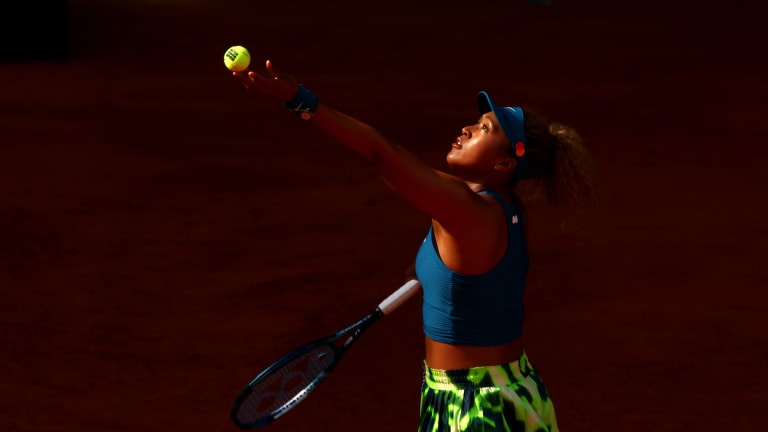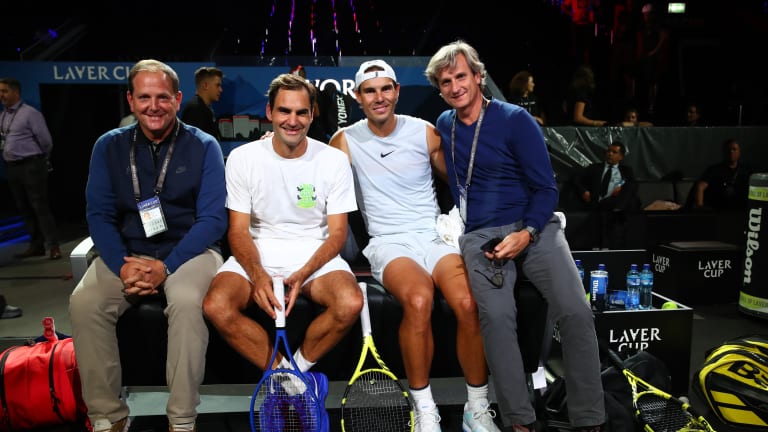The Business of Tennis
The Volley: Naomi Osaka’s EVOL-ution the latest in tennis entrepreneurial endeavors
By May 16, 2022The Business of Tennis
Naomi Osaka is leaving the sports agency she co-founded
By Dec 19, 2025The Business of Tennis
Coco Gauff is Forbes' highest-earning female athlete for second year running
By Dec 18, 2025The Business of Tennis
Garbiñe Muguruza returns to Madrid as co-tournament director
By Dec 13, 2025The Business of Tennis
Billie Jean King applauds historic WTA, Mercedes-Benz partnership: “Far beyond tennis”
By Dec 11, 2025The Business of Tennis
Coco Gauff inks deal to become global brand ambassador for Mercedes-Benz
By Dec 09, 2025The Business of Tennis
Inside BUNKR, the cybersecurity startup winning over the tennis world
By Dec 07, 2025The Business of Tennis
Coco Gauff tops Sportico's highest-paid female athletes list for third year running; Sabalenka, Keys make major jumps
By Dec 04, 2025The Business of Tennis
Aryna Sabalenka sets new WTA single-season prize money record
By Nov 10, 2025The Business of Tennis
Lululemon becomes official outfitter of the BNP Paribas Open in multiyear deal
By Nov 07, 2025The Volley: Naomi Osaka’s EVOL-ution the latest in tennis entrepreneurial endeavors
Breaking down Osaka’s launch of her own agency, and where that falls in the growing trend of athletes-turned-business mavens.
Published May 16, 2022
Advertising
Advertising

Even though she pulled out of Rome, Osaka still dominated the tennis headlines this week with news of her new venture, EVOLVE.
© Getty Images
Advertising

Like Osaka, Federer and Nadal both left IMG to form their own management companies with their respective agents, Tony Godsick (left) and Carlos Costa (right).
© Getty Images for Laver Cup
Advertising

Haas became the Indian Wells tournament director in 2017 while still an active player, but limited his participation to one exhibition match before his retirement later that year.
© Getty Images